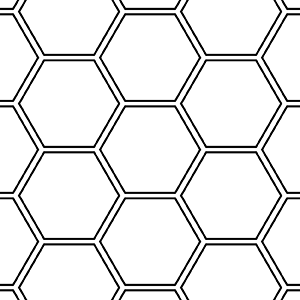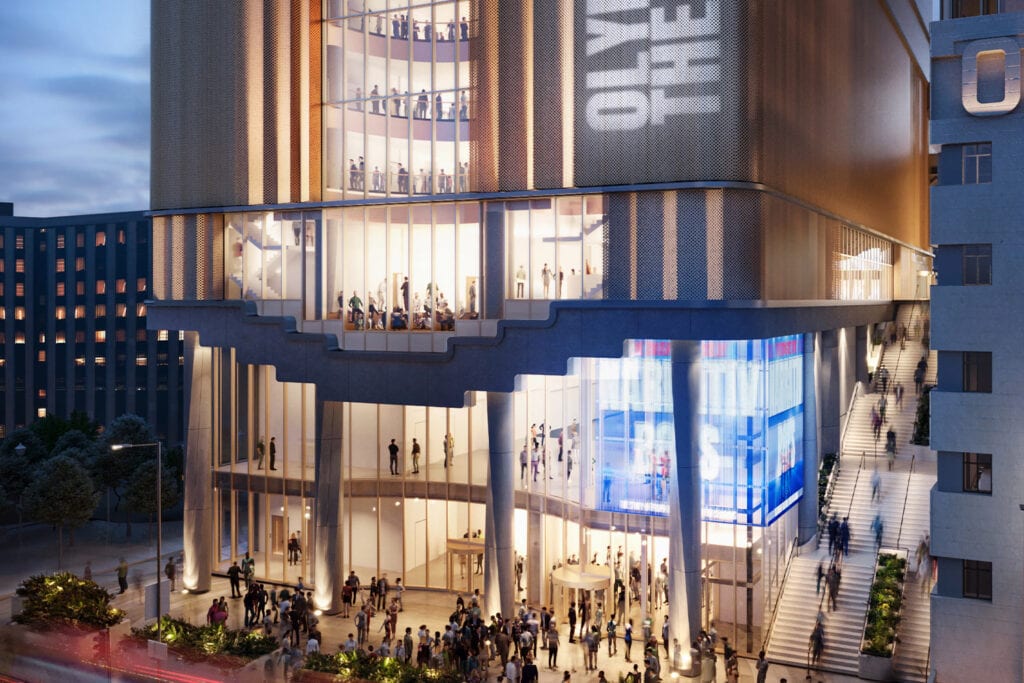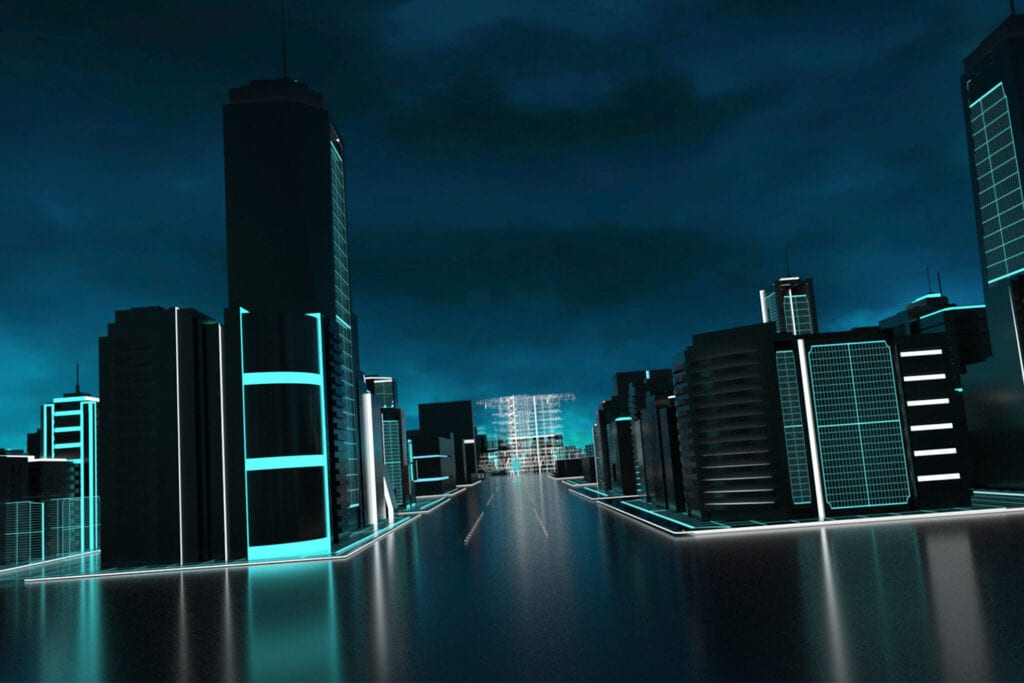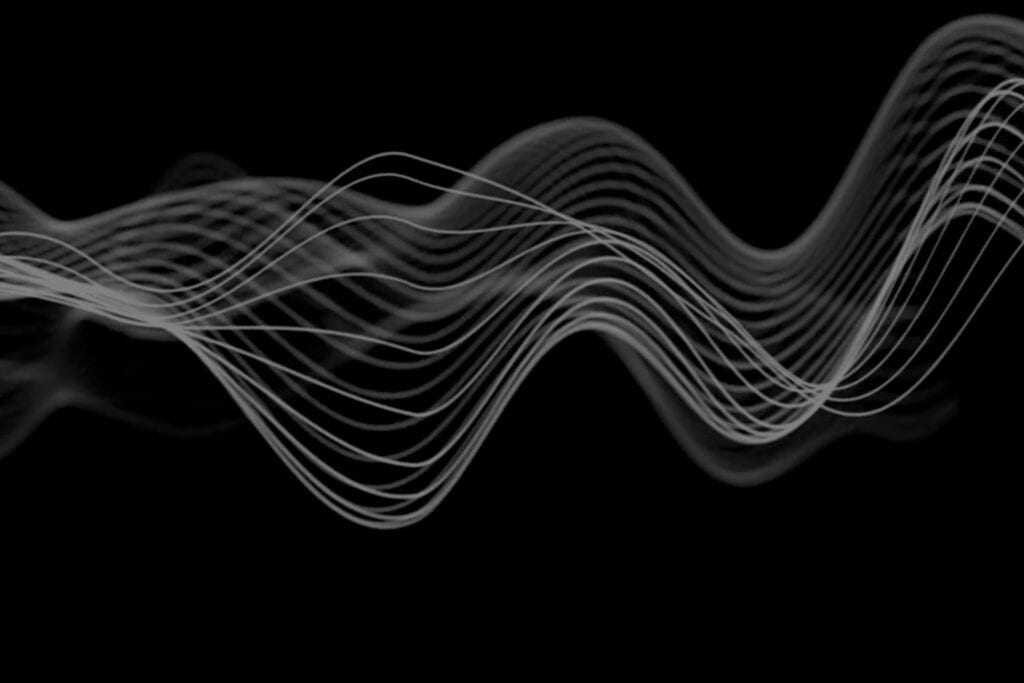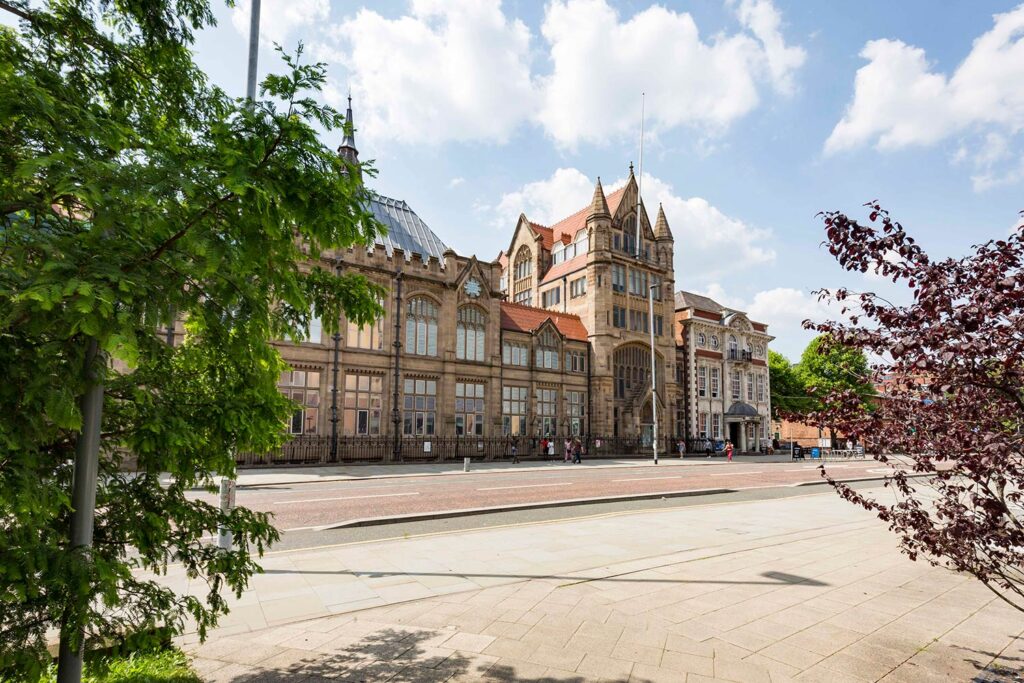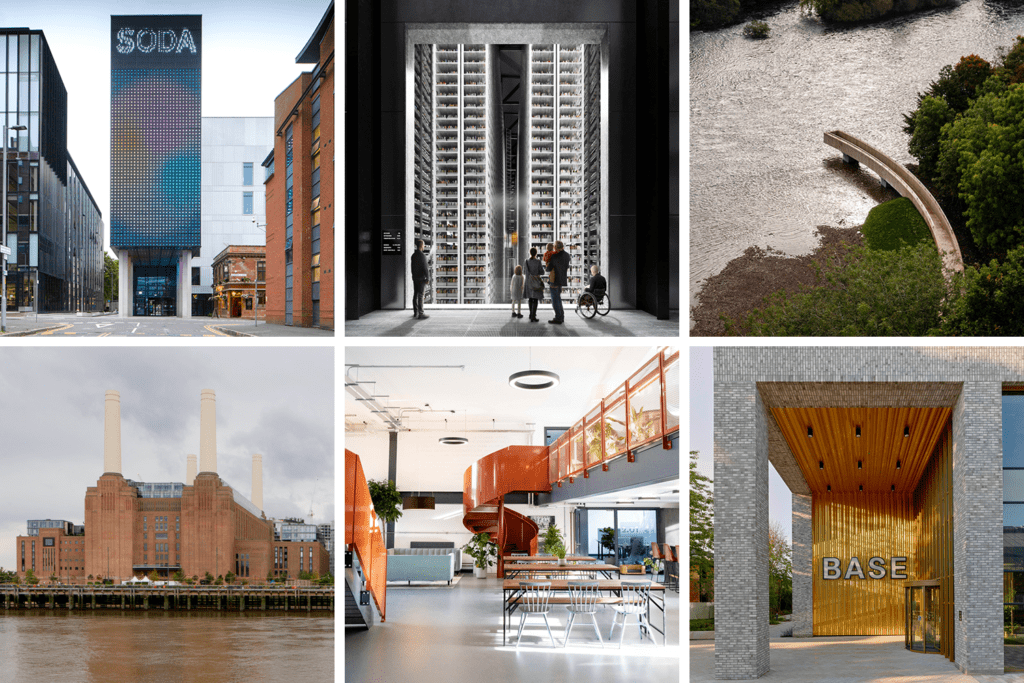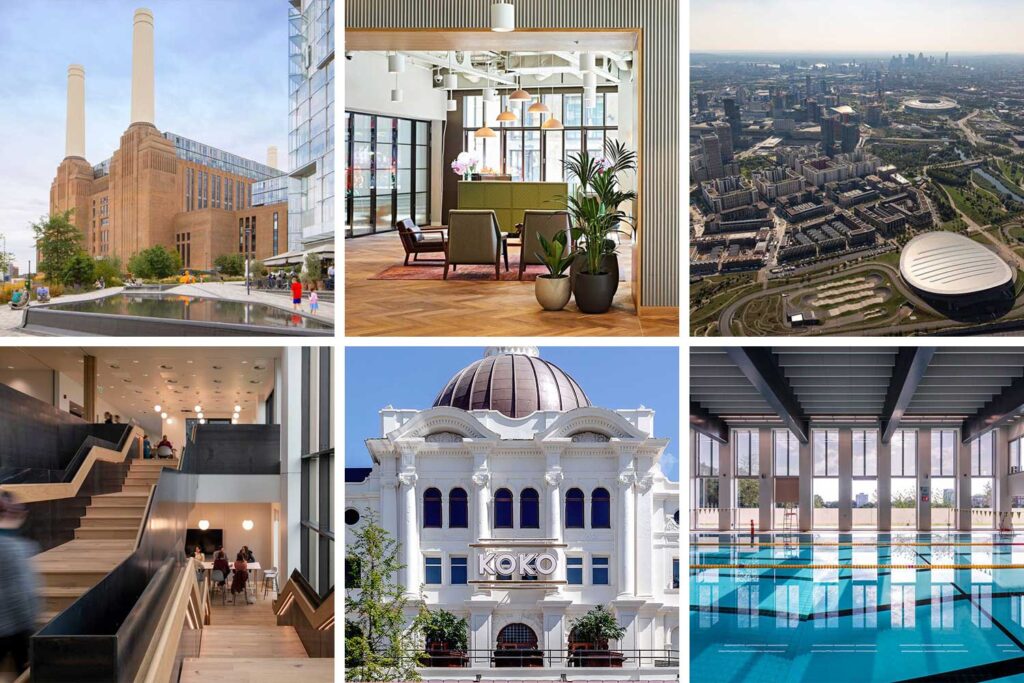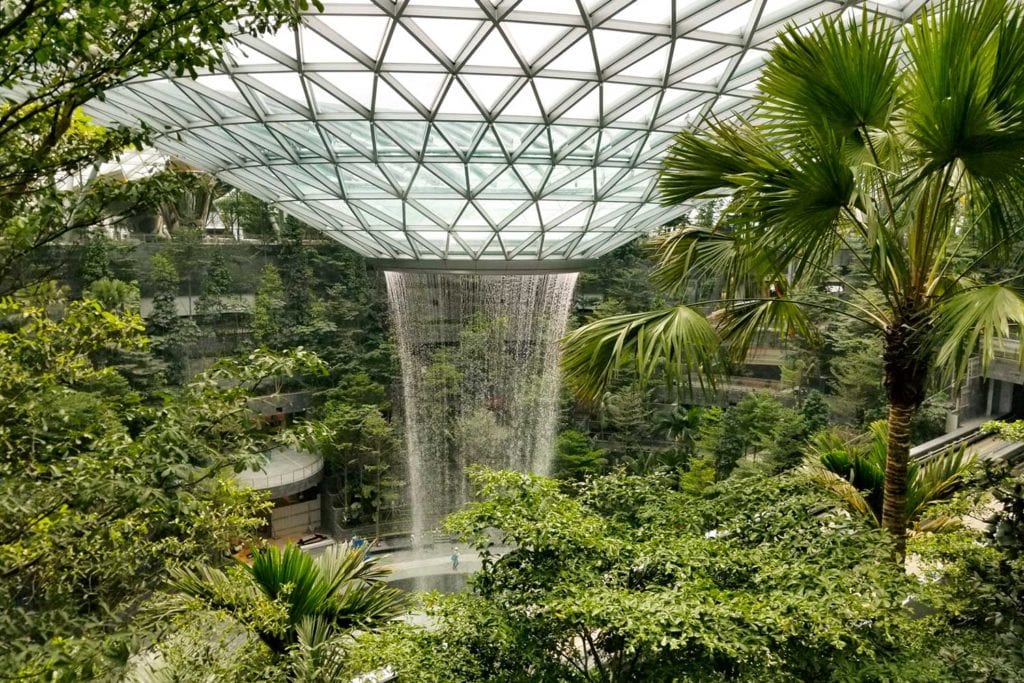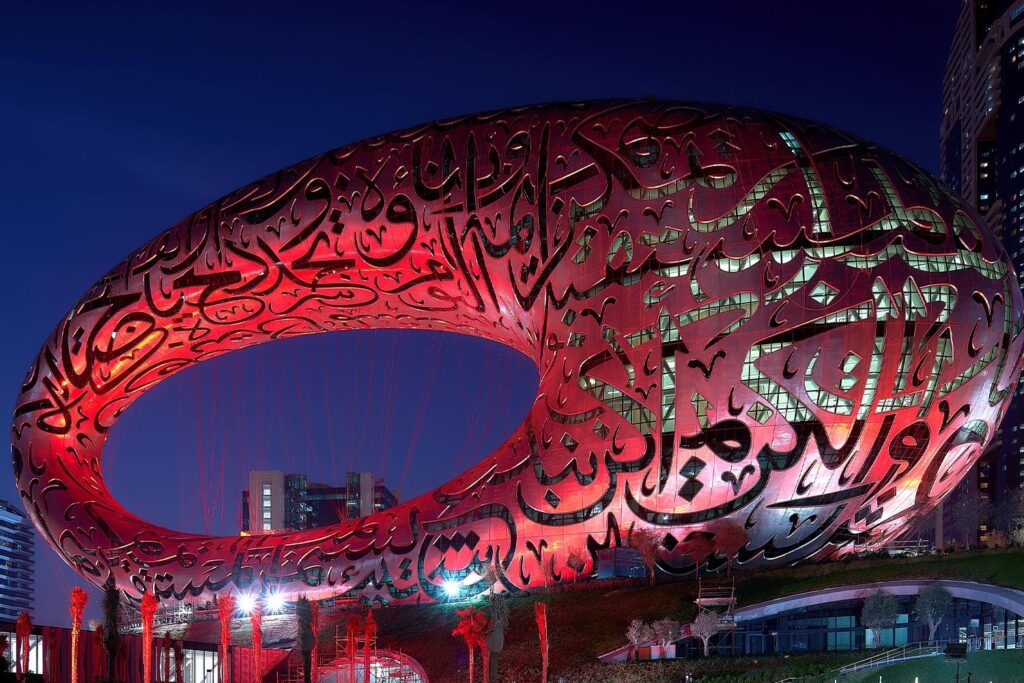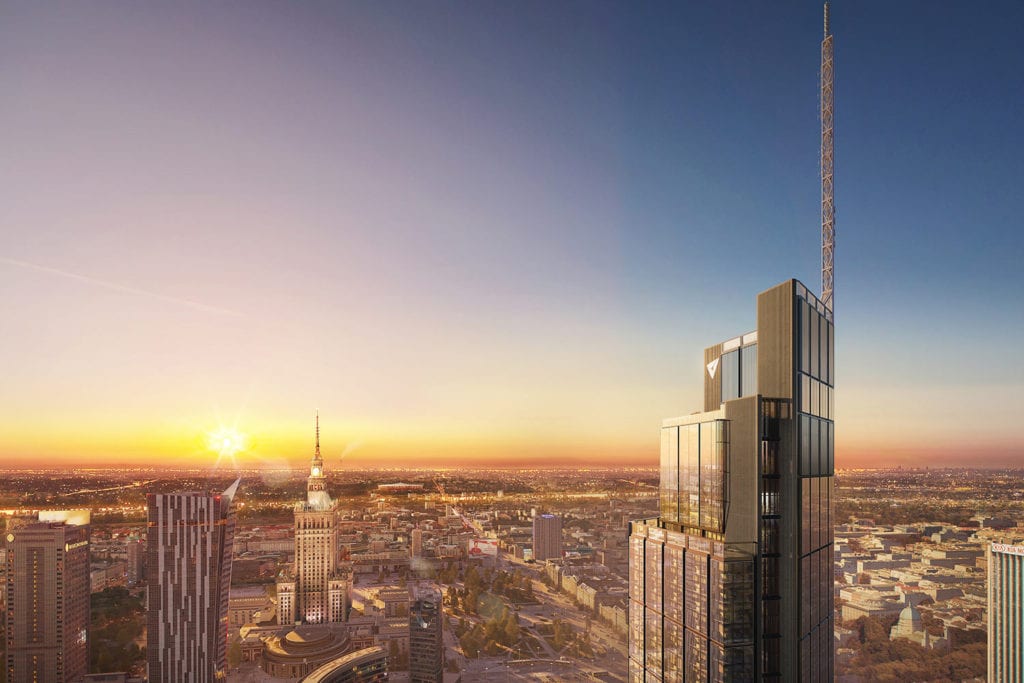
Fabricating a structural web
Metafold
London, UK
Project details
Collaborator
Architectural Association School of Architecture
Duration
9 months
Services provided by Buro Happold
Developed in collaboration with the Emergent Technologies & Design (EmTech) postgraduate programme at the Architectural Association School of Architecture, Metafold spanned three years of study into the capabilities of metal sheet folding and robotic fabrication techniques to produce lighter and more efficient structures.
Buro Happold is committed to partnering with universities to pioneer research in design and engineering that has the potential to transform the built environment. We worked alongside EmTech students, led by EmTech staff in their Design & Build workshops to develop concepts and solutions that took into account real life considerations, including structural, fabrication and assembly constraints.
The culmination of the project was the creation of an innovative and inspiring installation around the skylight of Buro Happold’s London office, as well as publication of our research findings.
Challenge
Metafold’s aim was to understand how robotically aided metal sheet forming and curved folding could be adapted and developed to streamline structural design. Focusing on the final installation at Buro Happold, the challenge was to find ways to simplify construction methods and reduce the amount of material used to minimise environmental impact.
Alongside realising the Metafold installation in London, the team sought to publish our research in a set of scientific papers that would outline the techniques developed and set a precedent for how structural joints are considered and designed by engineers in the future.

Solution
The initial research stage of the project focused on exploring the structural and geometrical properties of folded zinc sheets to create forms from minimal material. During design development, we explored curved folding with the aim of using precision techniques to form joint connectors. The EmTech team chose this as the primary method of fabrication because it presented a new and highly efficient way of creating curved surfaces from flat sheet metal without risk of stretching, tearing or cutting.
We undertook extensive geometry studies to understand the relationship between different folding patterns and their effect on the structural and architectural performance of the system. Through a series of workshops we developed a design for the main connector that consisted of a triangular shaped component, which formed a curved panel with three flanges when folded into shape. This could then attach to three other components in turn, creating a connected web.

However, when subject to further analysis, we found that this design was susceptible to buckling of the flanges. To combat this, we placed a second sheet of zinc along the flanges for strength, and incorporated threaded rods through the connectors that showed the highest stress on our models to lock the flanges in place. This solution enabled us to move on to the prototyping stage of the project.
The first opportunity the EmTech team had to test our prototype came in 2018. We assembled a curved canopy on the Architectural Association’s main terrace as part of the Annual Project Review Exhibition. For this structure, we used 3D printed nodes to connect the triangular, folded panels. But post-analysis of the installation, carried out using Autodesk ReCap software to overlay the physical structure with the digital model, showed some discrepancies which the team traced back to an issue with the 3D nodes.
We subsequently adapted our concept, building on our findings to replace the 3D printed nodes with a more standardised system of aluminium box connectors. These gave us more precision and control when it came to fabrication of the Buro Happold installation, resulting in a more lightweight but equally robust structure. We also treated the zinc sheets with an acrylic coating to prevent corrosion and guarantee a design life of 5 years.
The prefabricated elements were then brought to site and assembled in sections before being lifted into place. This whole process required no propping or support structure, making construction safer and easier while also minimising material waste.

Value
Encasing the skylight like a delicate web, the Metafold installation has realised a unique visual centrepiece for Buro Happold’s London office whose beauty lies in both its aesthetic quality and its efficient design. Attesting to the value of creating thinking and innovative practice, the EmTech team has tested and developed new techniques for working with sheet metals that are capable of producing lightweight, economic structures that are easy to construct, inexpensive and impactful.
Our research into this area has been published in academic journals and will also feed into the ongoing material studies being undertaken by the AA EmTech programme. This will enable future students to understand and pursue the potential of advanced digital and fabrication technologies to improve the way we approach structural design in the future.



